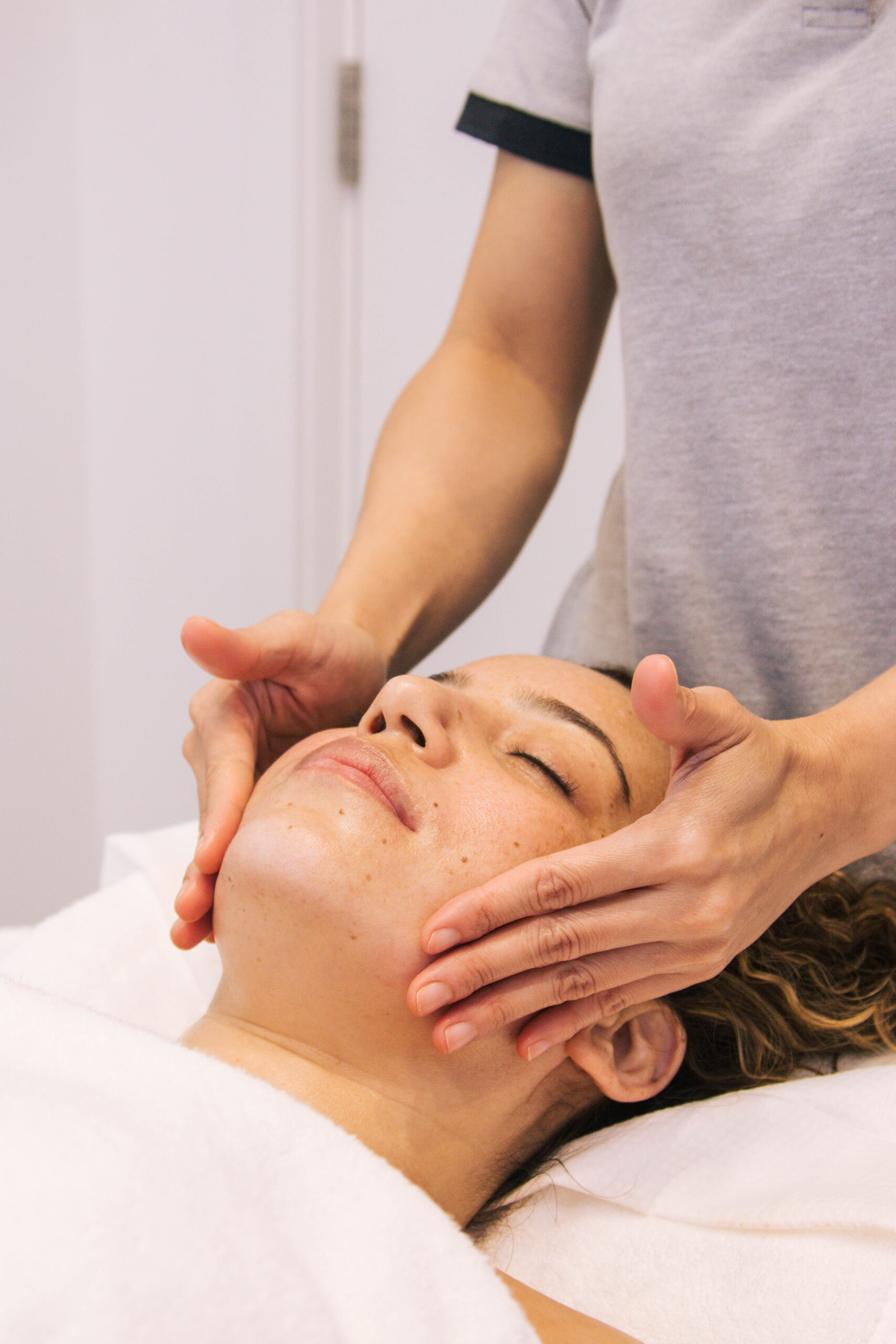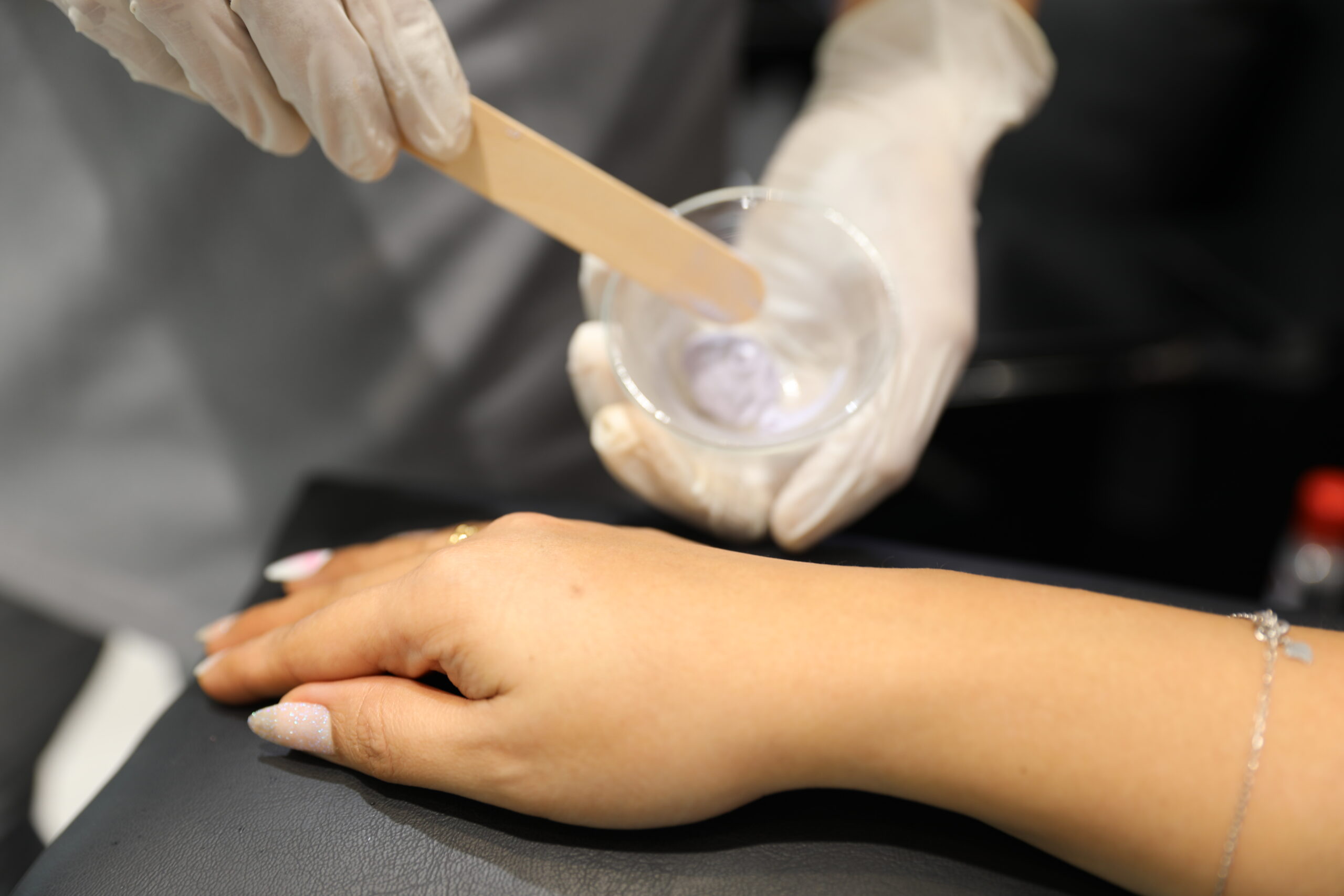What is a deep tissue massage? It is a therapeutic technique designed to target the deeper layers of muscles and connective tissue. By applying slow, firm pressure, a deep tissue massage focuses on areas of tension and discomfort, providing relief for chronic pain, stress, and tight muscles. Many people turn to deep tissue massage for its ability to help with injuries, improve flexibility, and reduce stress.
If you’re struggling with muscle tension or soreness, understanding what is a deep tissue massage can help you decide if this treatment is right for you. In this article, we’ll dive into the benefits, techniques, and what to expect during a deep tissue massage session. Keep reading to learn everything about this powerful therapeutic method!
What is Deep Tissue Massage?
What is a deep tissue massage exactly? This technique is a type of therapeutic massage that focuses on the deeper layers of muscle and connective tissue. Unlike other, more relaxing massages (such as Swedish massage), a deep tissue massage uses firmer pressure to target chronic muscle tension, pain, and tightness. The therapist uses slow, deliberate strokes to access the deeper muscle layers, addressing specific areas of discomfort or pain.
What is a deep tissue massage good for? It’s particularly effective in relieving chronic pain, breaking down muscle adhesions (also known as “knots”), and enhancing circulation. A deep tissue massage works by realigning the deeper muscle layers and connective tissue to help reduce inflammation and improve mobility.
The Benefits of Deep Tissue Massage
Wondering what is a deep tissue massage used for? The benefits of this technique are numerous, ranging from physical pain relief to stress reduction. Let’s break them down:
Physical Benefits:
- Pain Relief: One of the most common reasons people seek a deep tissue massage is to relieve chronic pain. Whether it’s back, neck, or shoulder pain, a deep tissue massage can help alleviate the discomfort caused by muscle tightness and tension.
- Improved Mobility: By addressing the deeper muscle layers, a deep tissue massage helps increase flexibility and range of motion, which can be beneficial for individuals with stiff muscles or joints.
- Faster Recovery from Injuries: Athletes and active individuals often use a deep tissue massage to speed up recovery from muscle strains, sports injuries, or general overuse.
Psychological Benefits:
- Stress Reduction: In addition to its physical benefits, a deep tissue massage can also have a profound effect on mental well-being by reducing stress levels and promoting relaxation.
- Mental Clarity and Focus: By loosening tight muscles and improving circulation, a deep tissue massage can help clear mental fog and boost focus.
Scientific Evidence:
Research shows that a deep tissue massage is effective in reducing pain, improving flexibility, and lowering stress. Numerous studies have supported the benefits of deep tissue work in both chronic pain management and overall wellness.
Common Conditions Treated by Deep Tissue Massage
So, what is a deep tissue massage used to treat? This technique is highly beneficial for managing various conditions, particularly those involving chronic pain, injury recovery, and stress.
- Chronic Pain: If you’re dealing with long-term muscle pain, a deep tissue massage can help reduce inflammation, improve blood circulation, and relieve tight muscles.
- Sports Injuries: A deep tissue massage is often used by athletes to speed up recovery from injuries, such as sprains, strains, or muscle soreness.
- Fibromyalgia: Individuals with fibromyalgia, a condition that causes widespread pain and fatigue, can benefit from a deep tissue massage to alleviate discomfort and improve relaxation.
- Sciatica: For those dealing with sciatic nerve pain, a deep tissue massage can help relieve pressure on the nerve and reduce inflammation.
- Repetitive Strain Injuries (RSI): A deep tissue massage helps treat injuries caused by repetitive motion, such as carpal tunnel syndrome or tennis elbow.
Deep Tissue Massage vs. Swedish Massage: Key Differences
Wondering what is a deep tissue massage compared to Swedish massage? While both are forms of bodywork, the two techniques differ significantly in their pressure and application.
- Pressure: Swedish massage uses light to medium pressure to relax muscles, while a deep tissue massage uses much firmer pressure to target the deeper layers of muscle tissue.
- Techniques: Swedish massage involves long, smooth strokes, while a deep tissue massage utilizes slower, more focused pressure applied to specific muscle groups.
- Purpose: Swedish massage is ideal for relaxation and general wellness, while a deep tissue massage is best suited for addressing chronic pain, muscle knots, and injury recovery.
What is a deep tissue massage good for compared to Swedish? If you’re looking for pain relief or muscle tension reduction, a deep tissue massage is the better choice.
What to Expect During a Deep Tissue Massage Session
If you’re new to a deep tissue massage, you might be wondering what happens during a session. Here’s a breakdown of what to expect:
- Pre-session Preparation: Before the massage, inform your therapist of any specific areas of tension or pain. Communicate clearly about your comfort level with the pressure. This will ensure your therapist customizes the session to your needs.
- During the Massage: A deep tissue massage typically involves slow strokes and focused pressure. You may feel some discomfort, especially when the therapist works on tight muscle knots. However, this should not be painful—adjustments can be made to ensure you’re comfortable.
- Post-massage Care: After the session, you might experience some soreness, which is common. Be sure to drink plenty of water to help flush out toxins. You may also want to take it easy for the rest of the day to allow your muscles to recover.
Are There Any Risks or Side Effects?
What is a deep tissue massage not suitable for? While generally safe for most people, there are some situations where a deep tissue massage may not be appropriate.
Who Should Avoid It?
- People with circulatory issues: Individuals with blood clots, varicose veins, or other circulatory problems should avoid a deep tissue massage.
- Those with osteoporosis: People with fragile bones or osteoporosis should consult a doctor before undergoing a deep tissue massage.
- Pregnant women: While generally safe, pregnant women should consult a healthcare provider before getting a deep tissue massage, particularly during the first trimester.
- Possible Side Effects: Some people experience mild soreness or bruising after a deep tissue massage, but this should subside within 24-48 hours. Always listen to your body and let your therapist know if you’re experiencing discomfort.
How to Find a Qualified Deep Tissue Massage Therapist
Finding a qualified therapist is crucial to ensuring you get the best experience. Here’s how to find a skilled professional for a deep tissue massage:
- Credentials: Look for a licensed massage therapist (LMT) with specific training in deep tissue techniques.
- Experience: Ensure the therapist has experience working with conditions similar to yours, such as chronic pain or sports injuries.
- Communication: A good therapist will take the time to listen to your concerns and adjust the session to meet your needs.
Why Deep Tissue Massage is a Must-Try at Bedashing Beauty
What is a deep tissue massage like at Bedashing Beauty? At Bedashing Beauty, our expert therapists are trained in deep tissue techniques to help you achieve the relief and relaxation you deserve. Whether you’re struggling with chronic pain or need recovery from an injury, a deep tissue massage at Bedashing Beauty will leave you feeling rejuvenated and pain-free.
For a complete wellness experience, consider complementing your deep tissue massage with treatments like a visit to our hair salon, the best nail salon, or a facial treatment in Dubai.
Ready to experience the transformative benefits of deep tissue massage? Book your session today at Bedashing Beauty and let our expert therapists help you feel your best!
Note: Read our latest Blogs:
Deep Tissue Massage Benefits | Hot Stone Massage Benefits | What is Moroccan Bath? | Moroccan Bath Benefits.
Frequently Asked Questions
Q1. What is a deep tissue massage used for?
A deep tissue massage is used to relieve chronic pain, muscle tension, and stress by targeting the deeper layers of muscle and connective tissue.
Q2. How is deep tissue massage different from Swedish massage?
Swedish massage uses lighter pressure and long, flowing strokes, while a deep tissue massage uses firmer pressure and slower strokes to reach deeper muscle layers.
Q3. Is a deep tissue massage painful?
While a deep tissue massage can be uncomfortable, it should not cause significant pain. Always communicate with your therapist about your comfort level.
Q4. How often should I get a deep tissue massage?
For chronic pain or injury recovery, a deep tissue massage every 2-4 weeks is recommended. However, the frequency can vary depending on individual needs.
Q5. Can a deep tissue massage help with sciatica?
Yes! A deep tissue massage can help alleviate sciatica pain by relieving muscle tension and reducing pressure on the sciatic nerve.
Q6. Are there any risks to deep tissue massage?
Some risks include soreness or bruising. People with certain medical conditions, such as blood clots or osteoporosis, should avoid a deep tissue massage.
Q7. How long does a deep tissue massage session last?
A typical deep tissue massage session lasts 60-90 minutes, but longer sessions may be available upon request.
Q8. Can I get a deep tissue massage while pregnant?
Pregnant women should consult a healthcare provider before getting a deep tissue massage, especially in the first trimester, to ensure safety.



